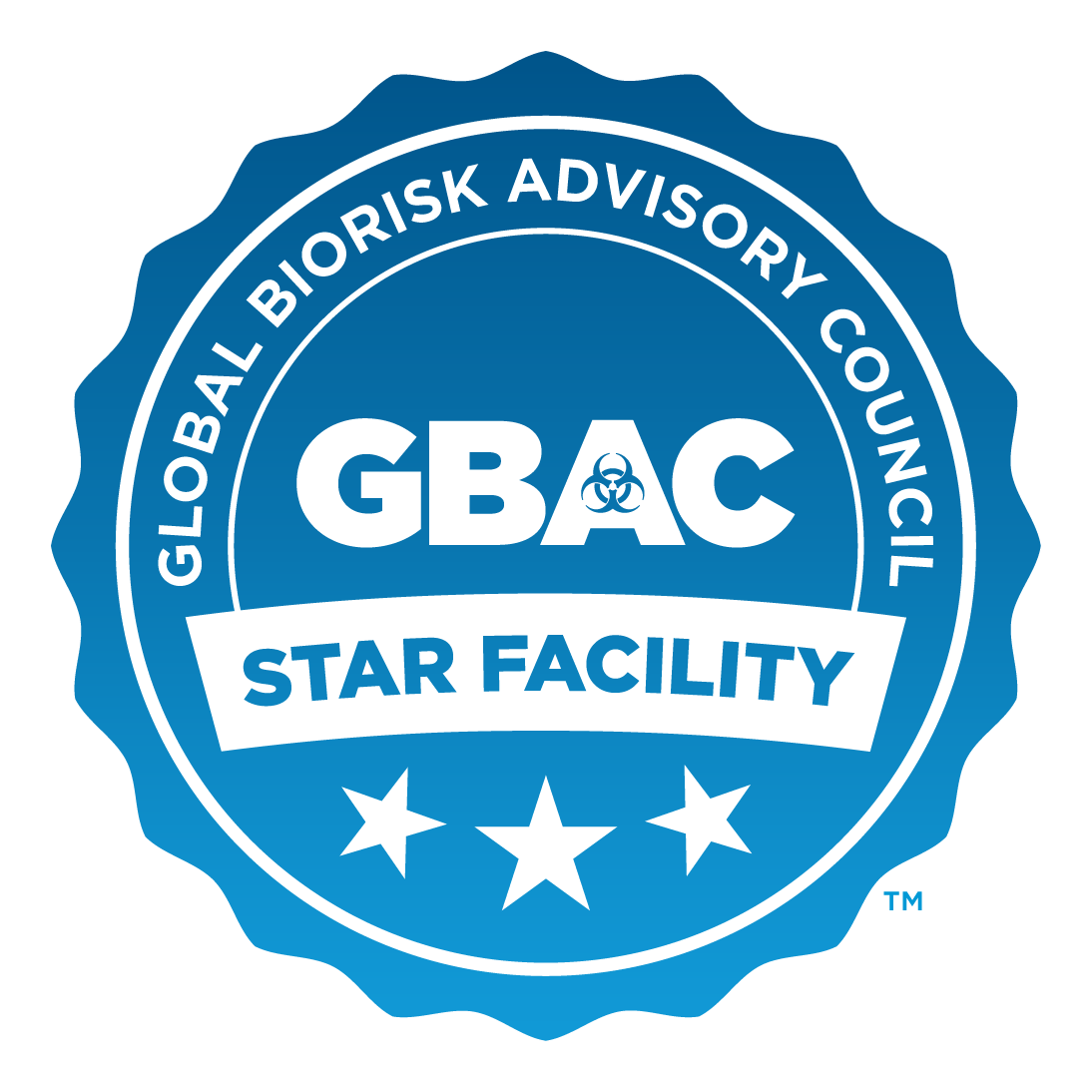 The Federal Aviation Administration (FAA) has long mandated that all U.S. commercial service airports, including Richmond International Airport (RIC), use aqueous film-forming foams (AFFF) as part of their emergency and training and response programs. All AFFF formulations currently approved and mandated by FAA contain certain PFAS compounds due to their ability to extinguish aircraft fuel fires quickly and effectively, while also preventing fuel from reigniting.
The Federal Aviation Administration (FAA) has long mandated that all U.S. commercial service airports, including Richmond International Airport (RIC), use aqueous film-forming foams (AFFF) as part of their emergency and training and response programs. All AFFF formulations currently approved and mandated by FAA contain certain PFAS compounds due to their ability to extinguish aircraft fuel fires quickly and effectively, while also preventing fuel from reigniting.
The Environmental Protection Agency (EPA) identifies PFAS as a large group of man-made chemicals that are resistant to heat, water, and oil. For decades, PFAS have been used in many industrial applications and consumer/household products such as food packaging, non-stick cookware, carpets, mattresses, clothing (waterproof) and in certain firefighting/cessation foams.
Since first learning of potential PFAS presence off airport property, the Airport has taken proactive and aggressive steps to protect the community through efforts to follow the emerging concerns and ongoing research about PFAS. RIC is working voluntarily with the Virginia Department of Environmental Quality (DEQ) to conduct scientific, data-driven research and analysis to assess the potential scope of PFAS on Airport property.
The FAA and the Department of Defense (DOD) have recently approved use of a Fluorine-Free Foam (F3) and are currently providing transition plan guidance to the commercial aviation industry, which notes considerations including equipment replacement or purchase, foam disposal and grant opportunities. It is important to note that all FAA-required firefighting foam products, including F3, may still contain low levels of PFAS. Switching to F3 does not necessarily mean that the foam is PFAS-free.
The FAA has not provided a deadline for airports to complete the transition from AFFF to F3. Future release of AFFF containing PFAS would only occur if there was a fire emergency. PFAS concerns today relate to the historical use of AFFF, not current or future uses that are very controlled.
In the interim, the Airport remains dedicated to full compliance with FAA regulations. While we learn more about F3, we are committed to preventing any spill or release of existing stock of AFFF. RIC has taken steps to ensure that AFFF will only be purposefully used under emergency circumstances such as in response to a crash or fire. In the event of a release of AFFF, the Airport will isolate, collect, and properly dispose of the foam to prevent soil contamination.
In cooperation with the DEQ, the Airport is working to implement a scientific, data-driven work plan to guide the steps forward in determining the presence of PFAS on Airport property.
Further, the Airport values its collaborative approach working with federal, state and local groups, associations and entities in our efforts. In addition to the Virginia DEQ, our work includes engagement with:
- County of Henrico, Virginia
- Virginia Department of Aviation (DOAV)
- Virginia Department of Health (VDH)
- Virginia Army and Air National Guard
- Federal Aviation Administration (FAA)
- Airports Council International – North America (ACI-NA)
- American Association of Airport Executives (AAAE)
Frequently-Asked Questions (FAQs)
Q1. What are PFAS and what is their relationship to the commercial aviation industry?
A1. PFAS (per-and poly-fluoroalkyl substances) is a class of persistent, synthetic chemicals used worldwide since the 1940s in a variety of products, including shampoo, fast-food wrappers, non-stick cookware, waterproof clothing, and dental floss.
Specific to the commercial aviation industry, the Federal Aviation Administration (FAA) has required since the 1970s that all U.S. commercial service airports, including Richmond International Airport, use AFFF (an aqueous film-forming foam that contains PFAS) as part of their emergency response and training efforts. AFFF has demonstrated unsurpassed effectiveness in suppressing aviation-related fires and protecting the traveling public and first responders.
Q2. Is the Airport required to use AFFF?
A2. Yes. Since the 1970s, the Federal Aviation Administration (FAA) has required that all U.S. commercial service airports, including Richmond International Airport, use AFFF (an aqueous film-forming foam that contains PFAS) as part of their emergency response and training efforts. AFFF provides unsurpassed effectiveness in suppressing and containing aviation-related fires and thereby protecting the traveling public and first responders.
AFFF with PFAS is able to put out fires – and keep them from reigniting – better than any other product. Nonetheless, recent studies show that PFAS lingers in the environment.
The FAA and the Department of Defense (DOD) have recently approved use of Fluorine-Free Foam (F3) and are currently providing transition plan guidance to the commercial aviation industry. In the interim, the Airport remains dedicated to full compliance with FAA regulations.
Q3. Why hasn’t RIC switched to the new firefighting foam?
A3. Airports, along with the Department of Defense (DOD), refineries, and other entities are reviewing options to transition to Fluorine-Free Foam (F3). It is a multi-faceted process.
Airports and other entities are acquiring F3 in phases because there is not yet a sufficient supply for all entities to transition immediately. Additionally, firefighting truck manufacturers face a high demand for replacement equipment and parts needed to transition from AFFF to the use of F3. Therefore, airports can expect delays in new truck procurement. Further, the different performance of the new F3 requires all first responders to perform extensive training on how the new foam works and to ensure proficiency to protect the traveling public and first responders. Joint-use airports, like the RIC, also have military / DOD considerations, and therefore may need to coordinate the timing of the transition to factors such as mutual aid agreements.
The FAA has not provided a deadline for airports to complete the transition from AFFF to F3. Future releases of AFFF containing PFAS would only occur if there was a fire emergency. PFAS concerns today relate to the historical use of AFFF, not current or future uses that are very controlled.
Some of the largest airports in the country have taken the lead to transition to F3, and they are experiencing unforeseen and complex challenges during the process. Smaller airports, such as RIC, are consulting with those making the transition to learn more about the process that we hope will result in a best-in-class transition for the industry. Members of the Airport’s ARFF (aircraft rescue and firefighting) leadership recently attended one of these larger airport’s training on the use of F3.
While we learn more about F3, we are dedicated to preventing any spill or release of existing stocks of AFFF. In the event of a release of AFFF, the Airport will isolate, collect, and properly dispose of the foam to prevent soil contamination.
Q4. Does Fluorine-Free Foam (F3) contain PFAS?
A4. All FAA-required firefighting foam products, including F3, may still contain low levels of PFAS. Switching to F3 does not necessarily mean that the foam is PFAS-free.
Q5. What is the scope of PFAS assessment in Virginia?
A5. More than 350 sampling sites throughout Virginia are being assessed for the potential presence of PFAS. In cooperation with the Virginia DEQ, Richmond International Airport has implemented a scientific, data-driven work plan to assess the presence of PFAS on Airport property.
Further, the Airport remains dedicated to full compliance with FAA regulations and the safe handling of AFFF.
Q6. What is RIC currently doing to understand the potential presence of PFAS on Airport property?
A6. Since first learning of potential PFAS presence off airport property, the Airport has taken proactive and aggressive steps as a responsible citizen to protect the community through efforts to follow the emerging concerns and ongoing research about PFAS.
RIC is working voluntarily with the Virginia Department of Environmental Quality (DEQ) to conduct scientific, data-driven research and analysis to assess the potential scope of PFAS on Airport property. These efforts include sharing sampling results with the DEQ as they become available.
We are also committed to helping the larger aviation industry find novel solutions to PFAS assessment and remediation, such as our application to the FAA in June 2024 for a PFAS Remediation Demonstration grant.
Q7. How is RIC working with the Virginia Department of Environmental Quality (DEQ)?
A7. RIC collaborates with many federal, state and local partners in its commitment to environmental stewardship, including the Virginia DEQ. As such, in full support of the DEQ, we continue to implement our scientific, data-driven work plan to assess the presence of PFAS on Airport property. These efforts include sharing sampling results with the DEQ as they become available.
We are also committed to helping the larger aviation industry find novel solutions to PFAS assessment and remediation, such as our application to the FAA in June of 2024 for a PFAS Remediation Demonstration grant.
Q8. Where can I find current sample results?
A8. The Virginia Department of Environmental Quality (DEQ) maintains a dashboard of PFAS activity for the entire state. Please visit the dashboard here.
Q9. What are the next steps?
A9. Being a good neighbor is of paramount importance to us. That is why we are committed to continued collaboration with local, state and federal officials on a scientific, data-driven work plan to assess any presence of PFAS on Airport property and take appropriate action as needed to protect the community.
![]() In its day-to-day operations, RIC encourages pursuit of leading sustainability practices, with an all-hands-on-deck approach to new insights and inventiveness. This includes the implementation of water bottle refilling stations in Concourse A and B, offering an alternative to plastic water bottles. And don’t forget to check out our built-in water bottle counter for real-time tracking of plastic saved as a result of making these stations readily available. Since its debut in 2020, the stations have eliminated the use of more than 500,000 disposable plastic bottles.
In its day-to-day operations, RIC encourages pursuit of leading sustainability practices, with an all-hands-on-deck approach to new insights and inventiveness. This includes the implementation of water bottle refilling stations in Concourse A and B, offering an alternative to plastic water bottles. And don’t forget to check out our built-in water bottle counter for real-time tracking of plastic saved as a result of making these stations readily available. Since its debut in 2020, the stations have eliminated the use of more than 500,000 disposable plastic bottles.

